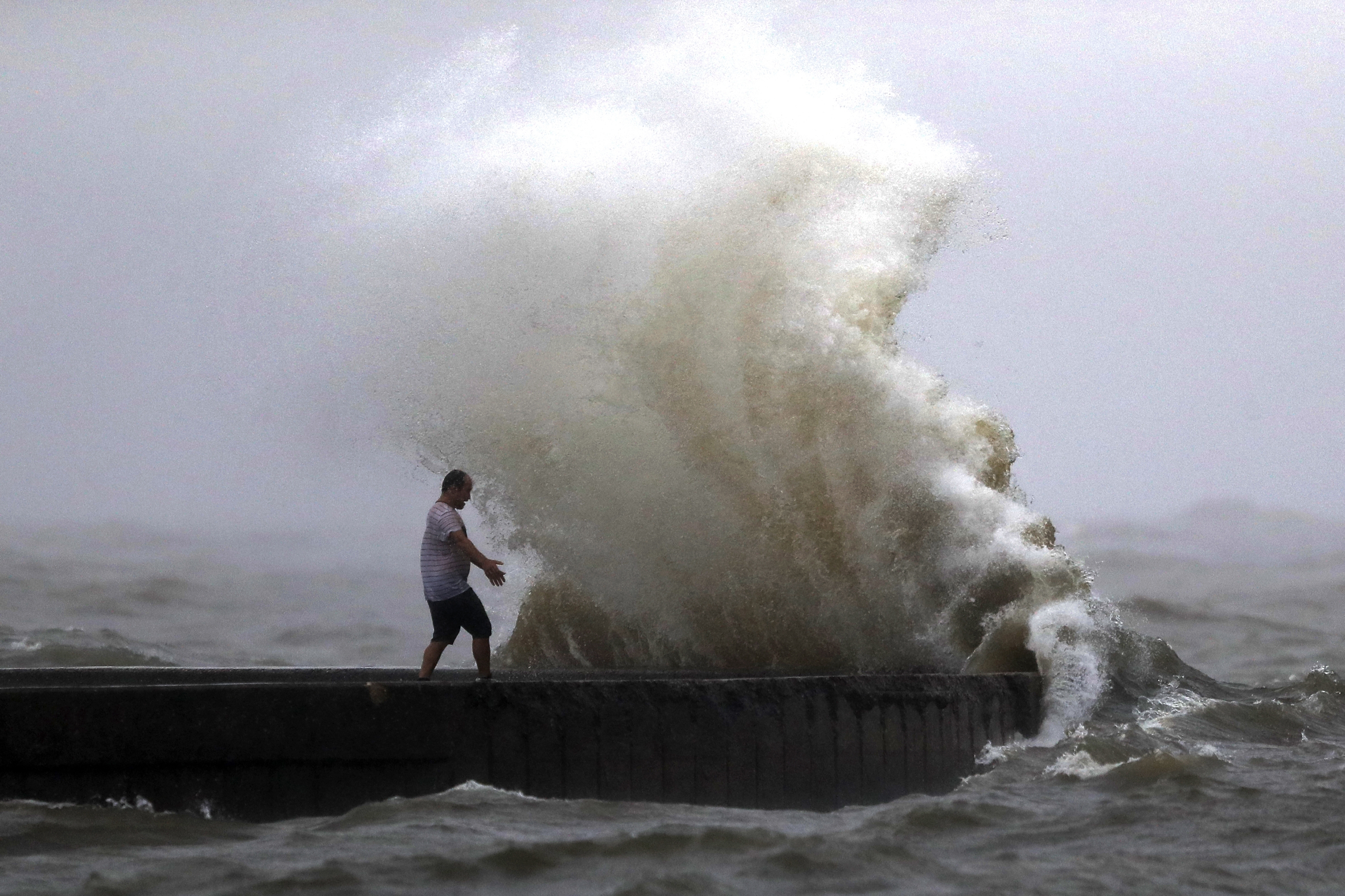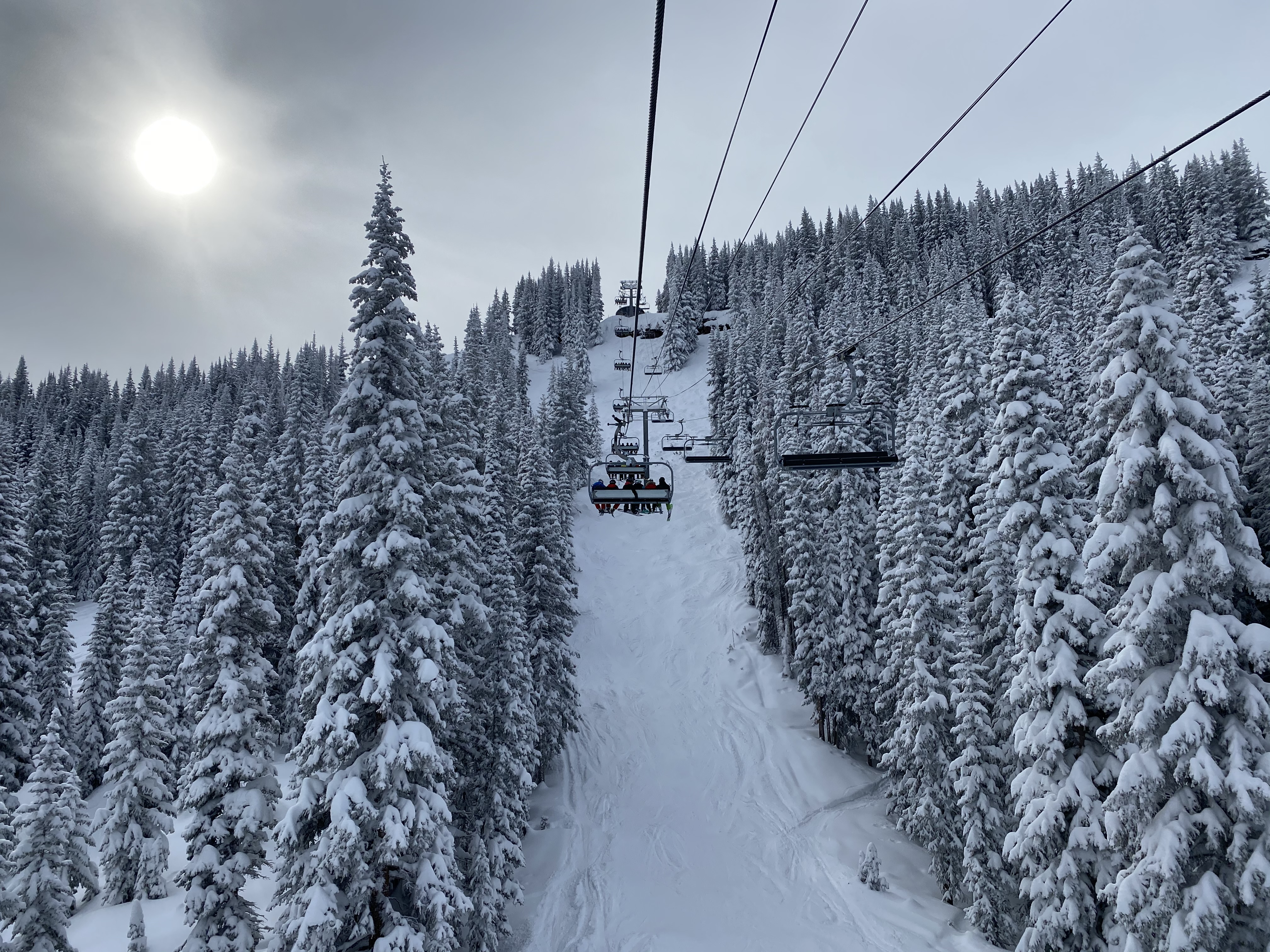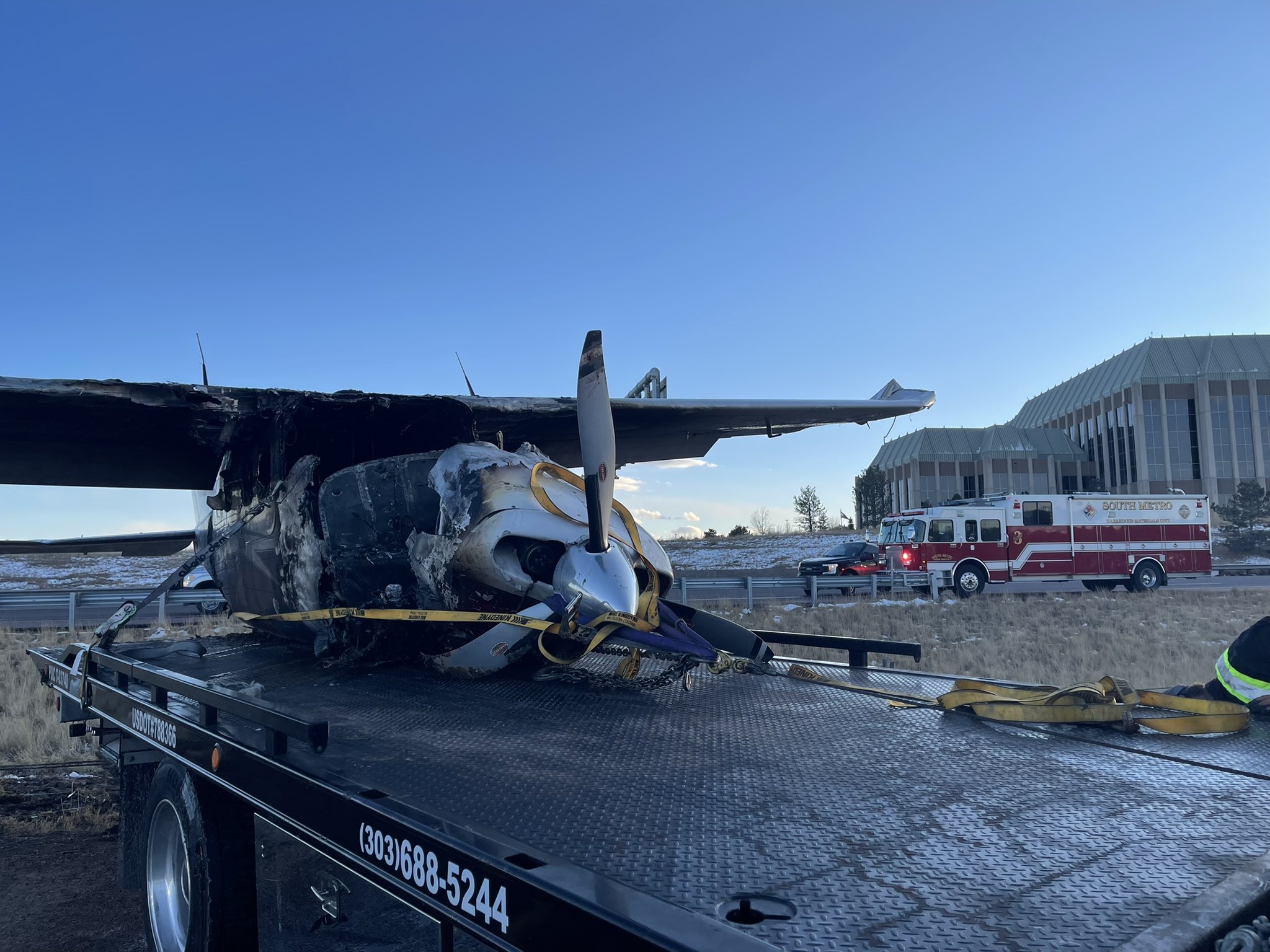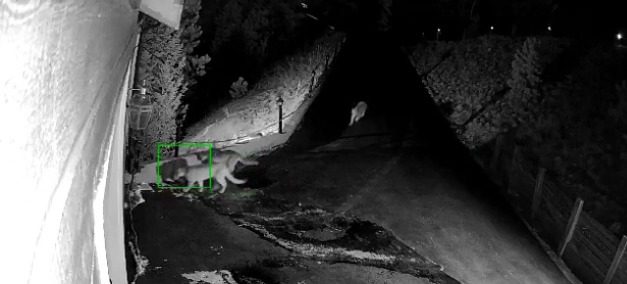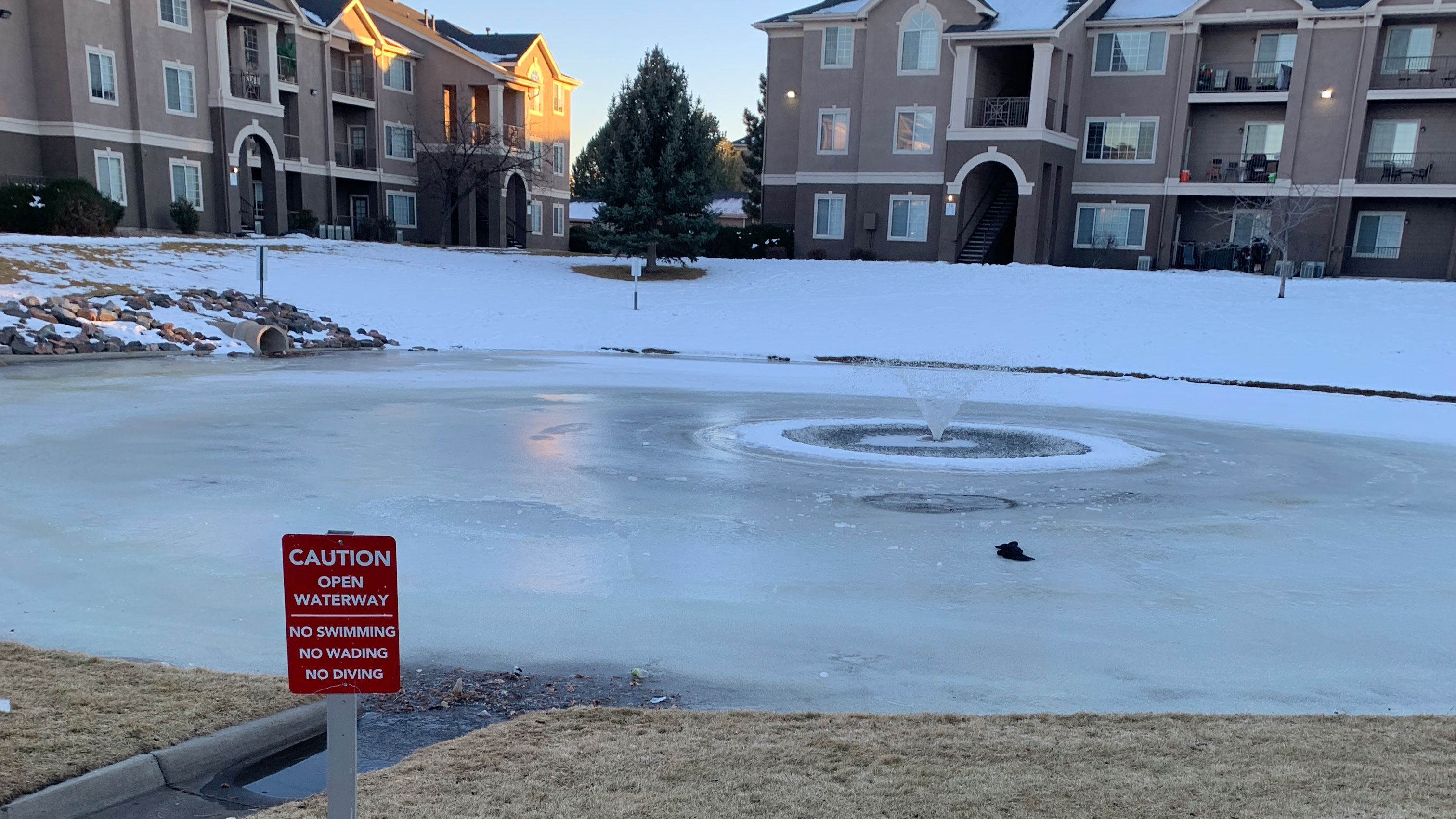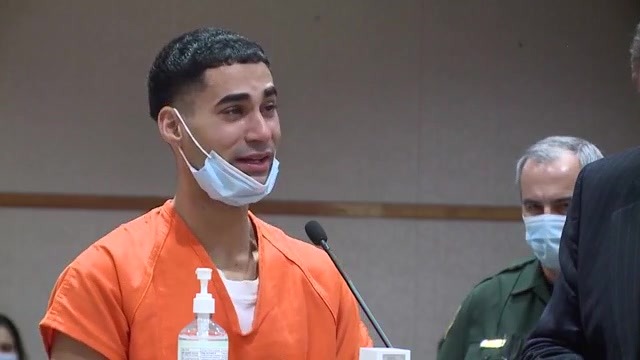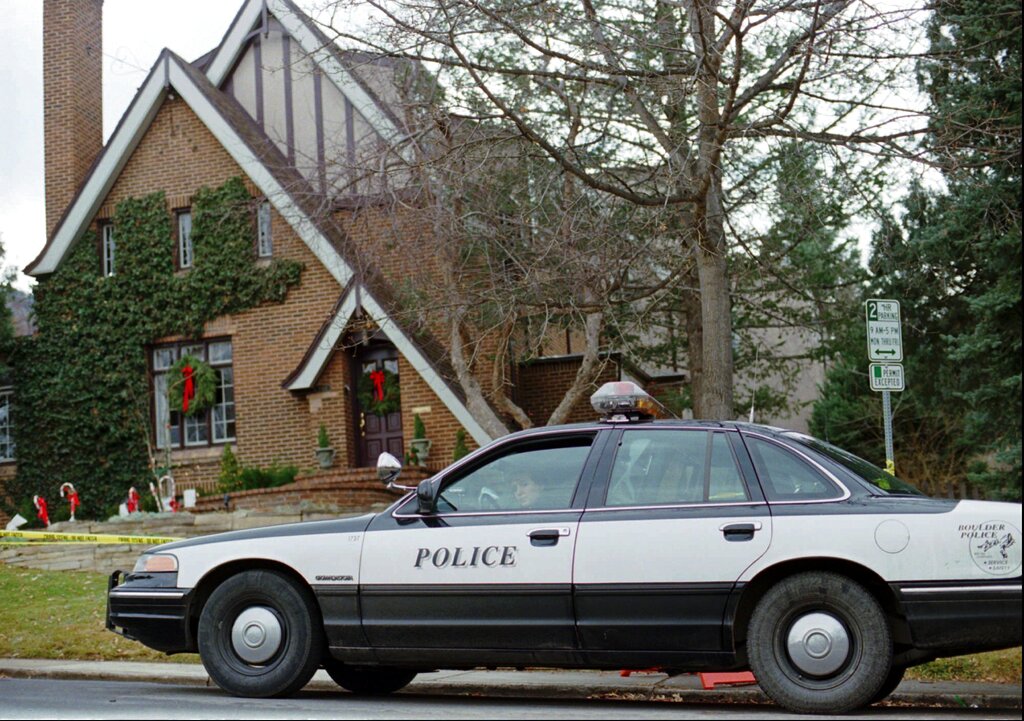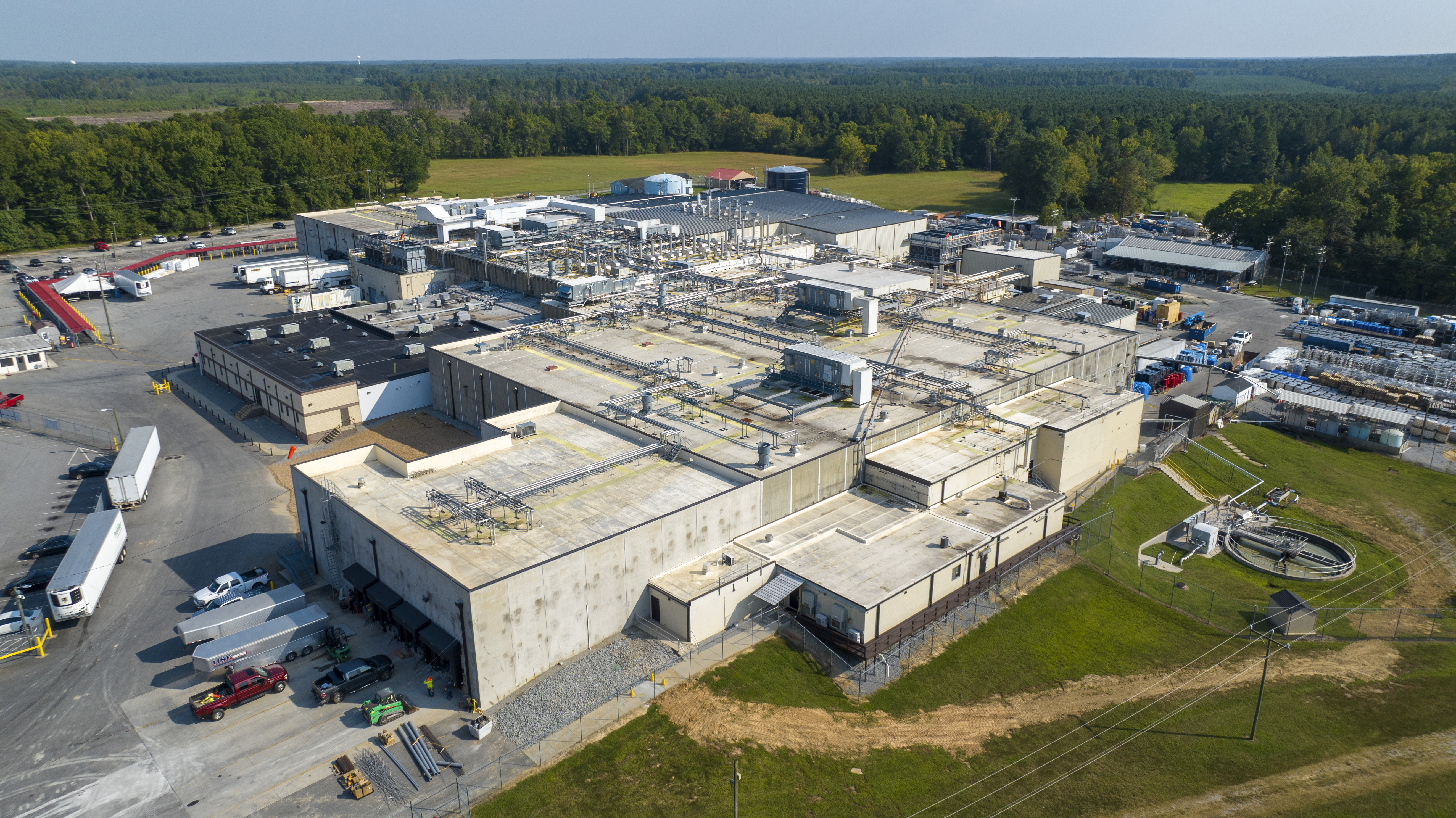PORTSMOUTH, Va. (WAVY) — Hurricane Florence had a lot of longtime Hampton Roads residents thinking about a storm that devastated our area 15 years ago this month: Hurricane Isabel. Lives were lost, power was out for weeks, and in places, the coastlines of Virginia and North Carolina were changed forever.

Isabel formed deep in the Atlantic Ocean, west of Africa on Sept. 6, 2003.
For experts, where Florence formed offered some comparison to Isabel. Twelve days after the storm’s formation, Hampton Roads and North Carolina would find out the hard way that Isabel would be the costliest and deadliest hurricane of the 2003 season.
Hurricane Isabel’s forecast stayed pretty much on target through its entire run (again, much like the European forecast model was with Florence). Isabel was coming for the United States, and it had many forecasters worried.
That included WAVY News 10 Chief Meteorologist Don Slater, who has been with 10 On Your Side since the early 1980’s.
Slater’s first impression, in his words, was: “Overcoming a sense of panic, because it really, really did look like it was gonna get us.”
Bill Sammler, a now-retired warning coordination meteorologist for the National Weather Service in Wakefield, said, “The good news about Isabel’s track is several days in advance, there were indications that there was going to be an east coast impact.”

But there was a problem. Isabel got very big, very fast.
“The u-oh moment is the fact that three and a half days out from landfall, Isabel was a category 5,” Sammler said.
Slater said, “It really looked like it was going to move somewhere toward the North Carolina coastline or the Virginia coastline—OUR coastline.”

With just a couple of days before impact, supplies were moved in, resources shuffled, and people in some parts of Hampton Roads moved out—many to local shelters.
Up and down the coast, particularly along the North Carolina’s Outer Banks, police went door-to-door, making sure people were either out of their homes or ready to ride Isabel out.
Even two days before landfall, with the storm still hundreds of miles away, the first effects of Isabel were felt. Then the morning of Thursday, Sept. 18, it was “go” time for Isabel, and time for Hampton Roads to hunker down and ride out the storm.
The southern Outer Banks took the first hit from the massive storm—a category 2 hurricane at the time with 105 mph winds. Hatteras Island took a lashing during the opening hours of Isabel.
“By noon (of Sept. 18) the winds were howling, and continued that way through a good eight hours. They were howling all day long into the night,” Slater said.

Isabel continued the trek north and west, lashing Hampton Roads with wind, rain, and storm surge. Several communities in Virginia and North Carolina saw historic flooding from Isabel.
The track of Isabel gave our area a storm surge unlike tropical systems in recent history.
“I think the biggest lesson learned was the storm surge profile. Not only who was impacted, but how wide reaching the impact was,” Sammler said.

By the next day, we had an idea of Mother Nature’s force, through the eye of Isabel.
Slater said, “People were passing notes to me saying speak to the people on the radio. And finally someone sent a note that just said 75 percent of the area is without power.”
(In part two of our series, the aftermath, the weeks of struggle to get things back to normal, and the price tag put on 2003’s costliest tropical system. Part two of “Hurricane Isabel: 15 Years Later,” airs Wednesday night on WAVY News 10 at 6.)

